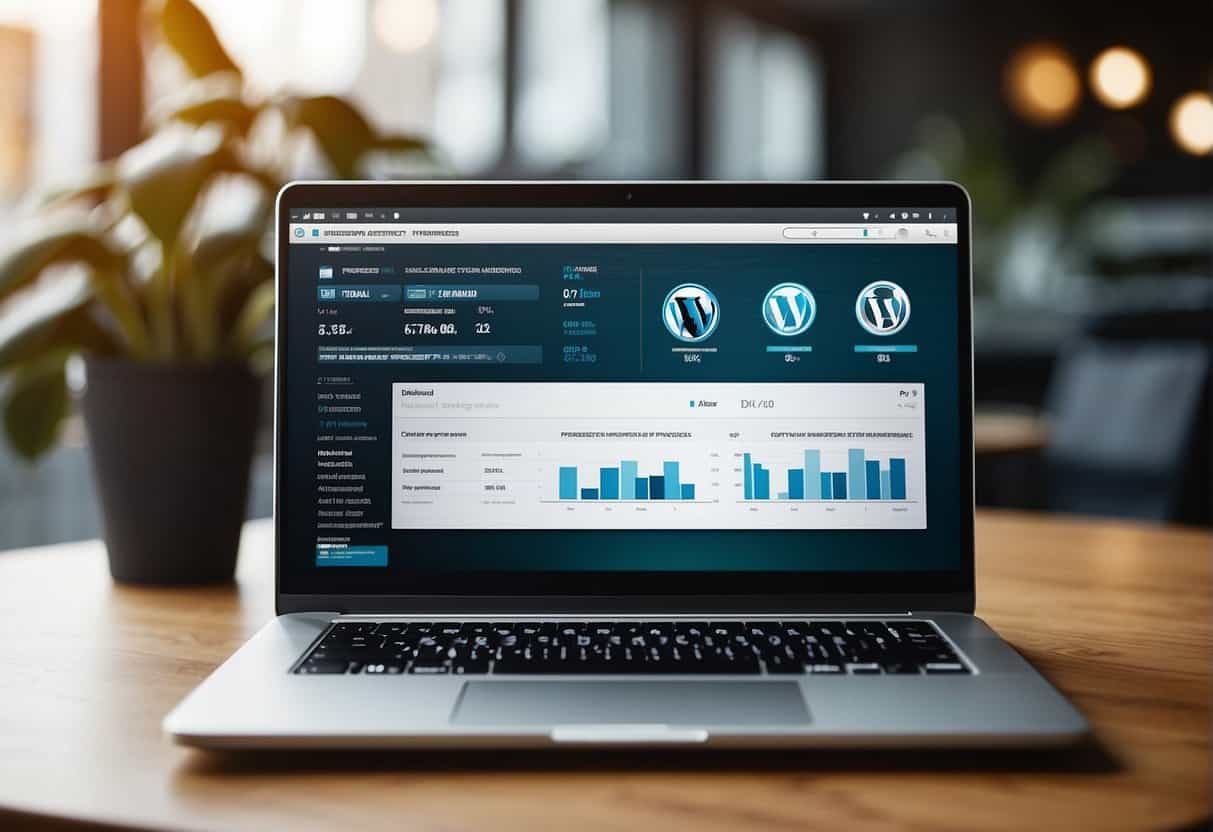In the competitive landscape of business, delivering value is crucial to not only meeting but exceeding client expectations. This process is integral to forging strong, lasting relationships. Understanding what your clients value most can significantly enhance your ability to provide them with services and products that go beyond the standard. Whether it’s through personalized service, exceptional quality, or innovative solutions, surpassing expectations can set you apart from the competition.
To exceed expectations, you first need to clearly define what those expectations are. This involves open communication and paying close attention to your clients’ needs and preferences. Once you have a grasp of your clients’ goals, you can begin to craft strategies that deliver value in unexpected and impactful ways. This could involve leveraging new technologies, streamlining processes, or introducing creative approaches to problem-solving.
Building lasting relationships with your clients goes hand-in-hand with exceeding their expectations. When clients feel that their needs are not just met but anticipated, they develop a sense of trust and loyalty towards your services. This loyalty turns into long-term engagements and often, advocacy for your brand. By prioritizing your clients’ success, you inherently support your own growth and reputation in the industry. Remember, value delivery is an ongoing process that requires resilience, innovation, and a deep commitment to client satisfaction.
Understanding Client Needs
To effectively meet your clients’ needs, you need to combine active listening and research with a transparent approach. Establishing empathy will ensure a strong client relationship.
Active Listening and Empathy
When you engage with your clients, active listening is paramount. This means not only hearing their words but understanding the underlying sentiments and concerns. By doing so, you can accurately identify their needs and expectations. Show empathy by acknowledging their business challenges and responding with solutions that resonate with their unique situation.
- Listening Techniques:
- Repeat or paraphrase to confirm understanding
- Ask clarifying questions
- Maintain eye contact and appropriate body language
- Demonstrating Empathy:
- Recognize the client’s perspective
- Validate their concerns
- Offer tailored advice
Research and Transparency
Conduct thorough research to understand the client’s industry, history, and competition. Armed with this knowledge, you can speak confidently about their potential needs and offer insights. Be transparent about what your service can and cannot do to set realistic expectations. This honesty fosters trust and shows that you value the client’s long-term success over quick wins.
- Research Avenues:
- Client’s website and social media presence
- Industry reports and trend analyses
- Competitor offerings and strategies
- Cultivating Transparency:
- Communicate clearly about deliverables and timelines
- Discuss potential obstacles and solutions upfront
- Provide regular updates throughout the project
By incorporating these practices into your interactions with clients, you establish a foundation for exceeding their expectations and building lasting relationships.
Building Strong Relationships
In the realm of client relationships, building strong connections is not about occasional interactions but continuous efforts to establish trust and ensure effective communication. Your approach to professionalism and credibility can serve as the foundation for a successful partnership that encourages collaboration.
Trust and Communication
Trust is the cornerstone of any strong relationship. As you work with clients, your ability to communicate transparently sets the stage for trust. Make your interactions count by:
- Listening actively to client needs and feedback.
- Consistently keeping promises and meeting deadlines.
Effective communication also involves regular updates and clear explanations of project statuses to keep clients in the loop.
Professionalism and Credibility
Your professionalism directly influences your credibility with clients. Here’s how you can maintain a high level of professionalism:
- Exhibit attention to detail in your work; errors compromise trust.
- Adhere to industry standards and best practices to showcase expertise.
Maintaining a professional demeanor, both in communication and conduct, reassures clients of your commitment and reliability.
Partnership and Collaboration
View your relationship with clients as a partnership rather than a mere service provider-consumer dynamic. Foster collaboration by:
- Encouraging a two-way exchange of ideas.
- Aligning your goals with the client’s to create a shared vision.
This cooperative approach can lead to innovative solutions that benefit all parties involved.
Delivering Exceptional Service
When you aim to deliver exceptional service, focus on quality, punctuality, and adding extra value to meet and exceed client expectations.
Quality and Attention to Detail
To ensure quality, check your deliverables rigorously against specified standards. Maintaining attention to detail means reviewing each aspect of your service or product to guarantee it meets the highest standards before delivering to your client.
- Double-check for errors or inconsistencies.
- Use checklists to cover all specifications.
Meeting Deadlines and Milestones
Meeting deadlines and milestones is critical for maintaining trust and credibility.
- Plan your work schedule meticulously.
- Communicate proactively with clients if adjustments are needed.
Going the Extra Mile
Going the extra mile can distinguish your service from competitors and deliver additional value.
- Offer follow-up support or training on your deliverable.
- Suggest improvements or innovations outside the original scope.
Enhancing Client Experience
To truly enhance client experience, focus on crafting positive interactions, establishing effective communication channels, and maintaining regular check-ins for timely updates.
Creating Positive Experiences
Your goal is to create experiences that resonate positively with your clients. This involves understanding their needs and expectations and then delivering tailored services that meet, if not surpass these requirements. Use the following steps:
- Identify Client Goals: Start by gathering precise information about what your clients aim to achieve.
- Seek Feedback: Implement a system for clients to provide feedback easily at every stage.
Effective Communication Channels
You need to set up communication channels that are efficient and accessible to your clients. Consider these points:
- Diversity in Channels: Offer various modes of communication, such as emails, phone calls, and online messaging platforms.
- Responsiveness: Ensure that your team responds promptly to client queries.
| Channel | Purpose | Response Time |
|---|---|---|
| Formal updates | Within 24 hours | |
| Phone Call | Urgent issues | Immediately to 1 hour |
| Online Platform | Casual inquiries | Within a few hours |
Regular Check-Ins and Updates
Keeping your clients informed through regular check-ins is critical. This instills confidence and demonstrates your commitment to their success. Structure your check-ins as follows:
- Scheduled Intervals: Conduct these check-ins weekly, biweekly, or monthly based on client needs.
- Progress Reports: Provide clear, concise updates on developments and milestones.
Using these techniques, you can consistently deliver an enhanced client experience and nurture lasting relationships.
Fostering Lasting Engagement
To excel in fostering lasting engagement, your focus should be on continuous improvement and client-centric strategies. Reliable client retention tactics, effective feedback mechanisms, and a vision for mutual growth fortify long-term partnerships.
Client Retention Strategies
Client retention is the bedrock of long-term success. You should implement personalized communication policies to make each client feel valued. For example:
- Personalized Communications: Tailor your interactions to meet clients’ preferred styles and frequencies.
- Reward Programs: Introduce loyalty incentives to encourage ongoing engagement.
- Consistent Quality: Ensure your service or product quality never wavers, maintaining a high standard.
Seeking and Utilizing Feedback
Soliciting and acting on feedback demonstrates your commitment to client satisfaction. Methods to consider:
- Surveys and Questionnaires: Regularly ask clients for their input on your services.
- Feedback Channels: Establish open lines of communication for clients to share their thoughts.
- Embrace both positive and negative feedback as valuable insights for improvement.
Long-Term Commitment and Growth
Your growth and the expansion of client relationships are symbiotic. Strive for these goals:
- Shared Objectives: Align your business objectives with your clients’ needs to create a common pathway for development.
- Continued Education: Keep your knowledge current to stay ahead and continuously offer innovative solutions to clients.
- Collaboration is key to adapting to market changes and evolving alongside your clients.







